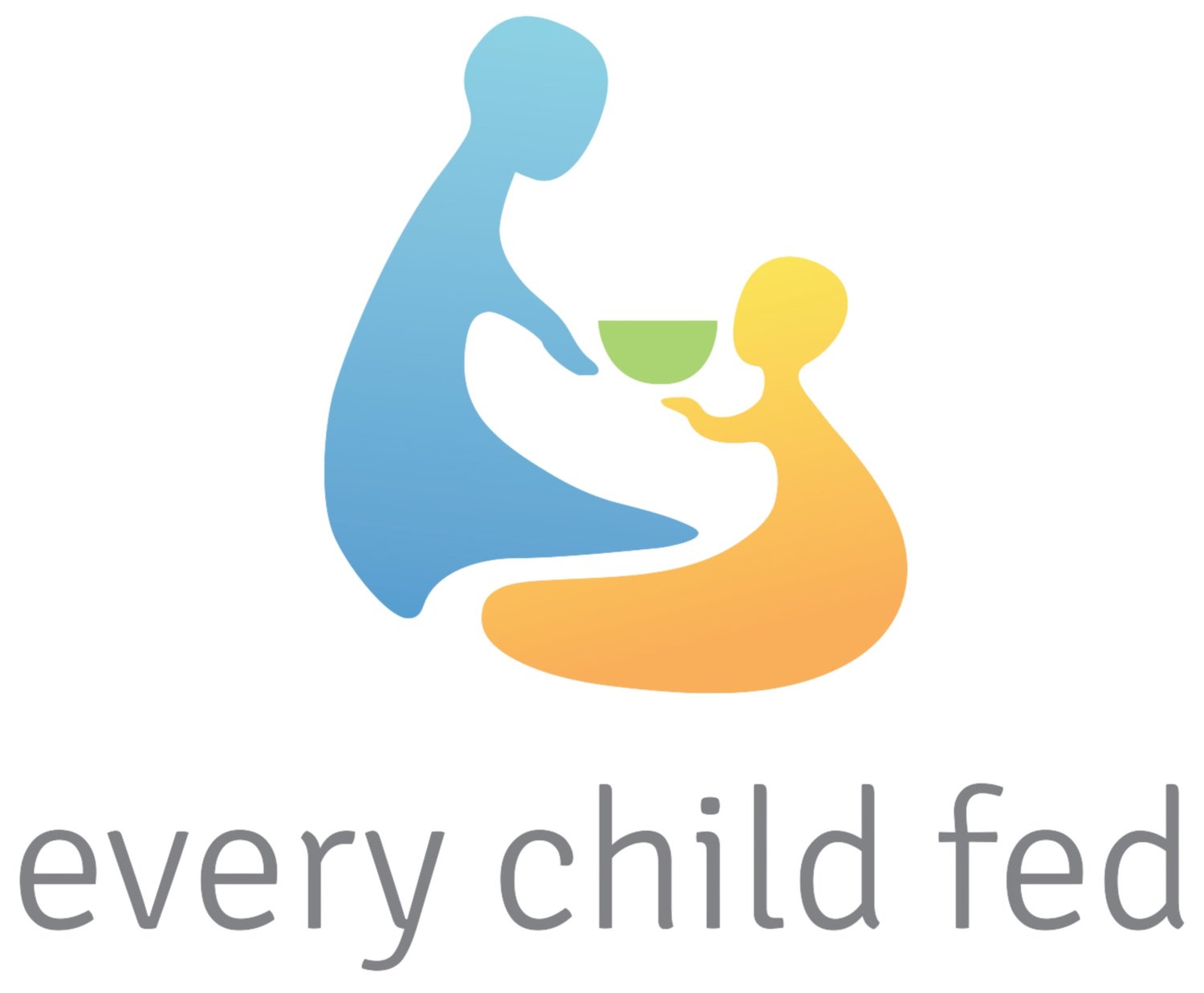
RUTF Treatment
Ready-to-Use Therapeutic Food (RUTF) is a peanut -based, high-energy, nutritionally fortified, ready-to-eat food suitable for home-based treatment of children diagnosed with Severe Acute Malnutrition (SAM). RUTF is administered by parents at home and has up to a 95% success rate in curing SAM.
Before RUTF was developed in the 1990s, the only option for SAM treatment was provided in hospitals. This required parents to leave their homes, farms, or businesses for extended periods to bring their child to a healthcare facility far from home. While at overcrowded and underfunded hospitals, children have a very high rate of acquiring new infections that further decrease their chance of survival. Even in the best hospitals, recovery rates averaged only 45%.
Benefits of RUTF
-

Children suffering from SAM receive RUTF treatment at home – a medical setting is not necessary. That means women, who are typically the primary caregivers, can continue to work and care for their other family members.
-

No refrigeration, heating or water is necessary – RUTF is ready to eat from the packet. This is a significant advantage in areas where electricity, firewood, and clean water are scarce.
-

RUTF has a shelf life of two years in extreme weather conditions – so it can be stored and shipped under adverse conditions
RUTF is used in over 50 countries and is endorsed as the international standard of treatment for SAM by UNICEF, the World Health Organization (WHO), the World Food Program (WFP), and the UN System Standing Committee on Nutrition.
-
Local manufacturing facilities create good jobs at the factory and for the various vendors supporting factory operations. By using locally sourced ingredients, we also create markets for local farmers who provide the ingredients needed.
-
By maintaining strict international quality standards for raw materials and manufacturing practices of RUTF, improved standards and techniques are promoted throughout the local supplier and farmer networks.
-
Production and distribution plans are developed in collaboration with government, NGOs, and businesses. By aligning production to meet demand, we ensure the availability of RUTF keeps pace with the malnutrition programs as they are scaled up. It also enables quick response in times of crisis caused by natural disasters, drought, or conflict in the region.
-
By producing RUTF in the country where it is needed, we eliminate the process and expense of importation and storage. It also reduces the carbon footprint typically associated with importing food aid.
Benefits of Local RUTF Production
ECF supports an entrepreneurial approach to saving children’s lives with the goal to create system-wide improvements to ensure lasting results. Instead of importing RUTF from abroad, we support local RUTF production and effective distribution systems in the country where it is needed.
RUTF FAQs
-
RUTF is just like creamy peanut butter – with about the same consistency and perhaps a little sweeter and creamier. It’s quite tasty, and kids seem to really like it.
-
RUTF is made of peanuts, sugar, oil, milk powder, vitamins, and minerals. The latest formulation also includes oats.
-
RUTF comes packaged in one-serving pouches. It’s shelf stable, doesn’t require any water or cooking and can be eaten straight from the packet.
-
No, children being treated with RUTF don’t eat anything else during the treatment period. RUTF is their exclusive source of nutrition. As a result, it’s important that the RUTF packets are used only for the child being treated, and we work hard to educate the child’s family members about that.
-
One of the symptoms of SAM is lethargy and sugar provides quick energy that allows the child to continue to eat and digest the RUTF.
-
Peanuts are full of protein, nutrients and healthy unsaturated fatty acids. In addition, they are a part of the natural diet in the countries where we work and are easily sourced from local peanut farmers.
-
According to Andre Briend, a pediatric nutritionist with the World Health Organization, “Food allergy seems far less common in poor countries than in rich countries … This well-known observation has been explained by different factors, but apparently, crowding and repeated exposure to infections seem to play a role.” He goes on to say that, “after several years of using this product and feeding several hundreds of thousands of severely malnourished patients with it, I never heard of a place where it was a real issue.”
-
The average treatment time for a child with severe acute malnutrition is 8-10 weeks of RUTF. The child will use several packets a day depending on their age and size.

